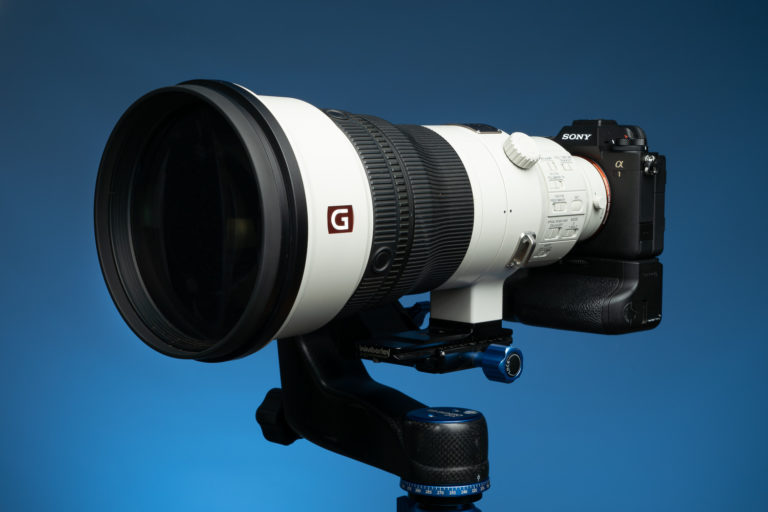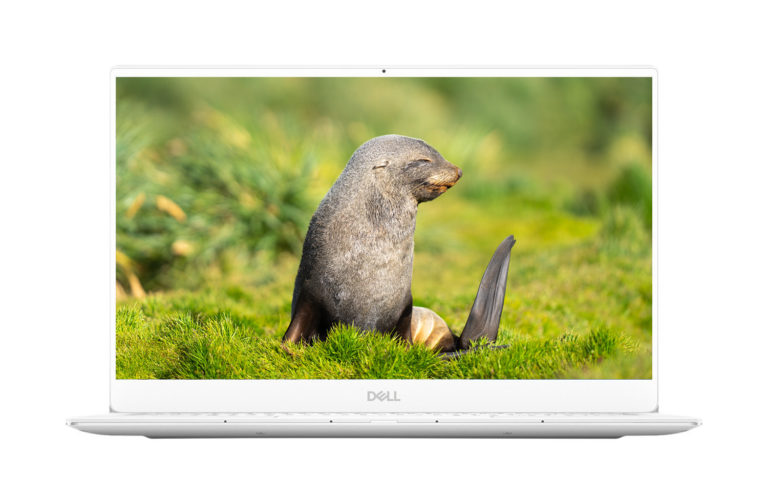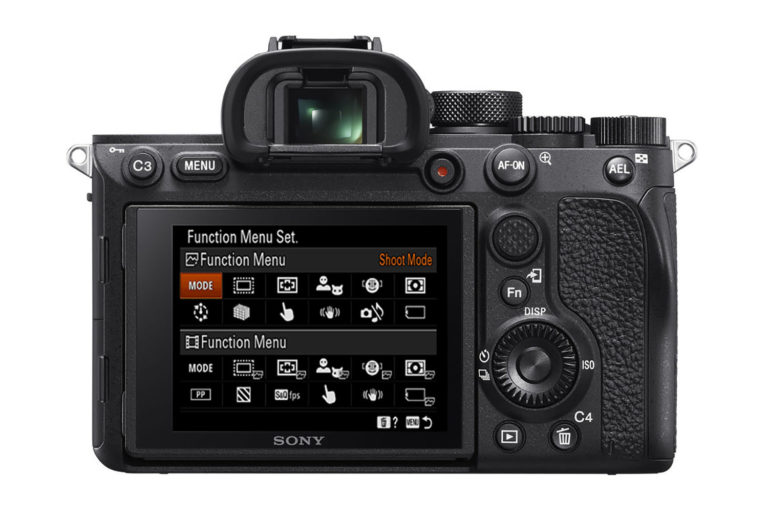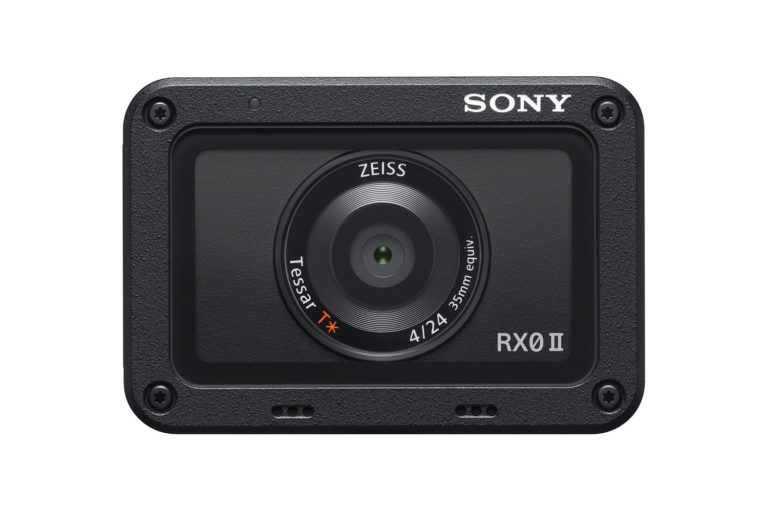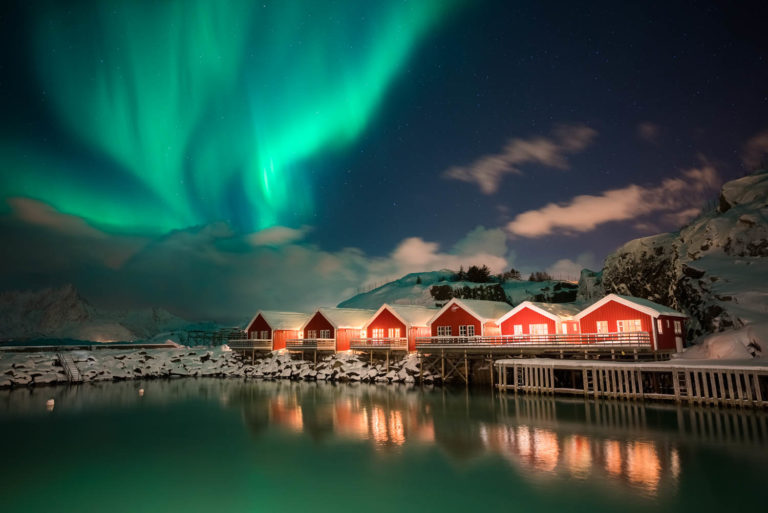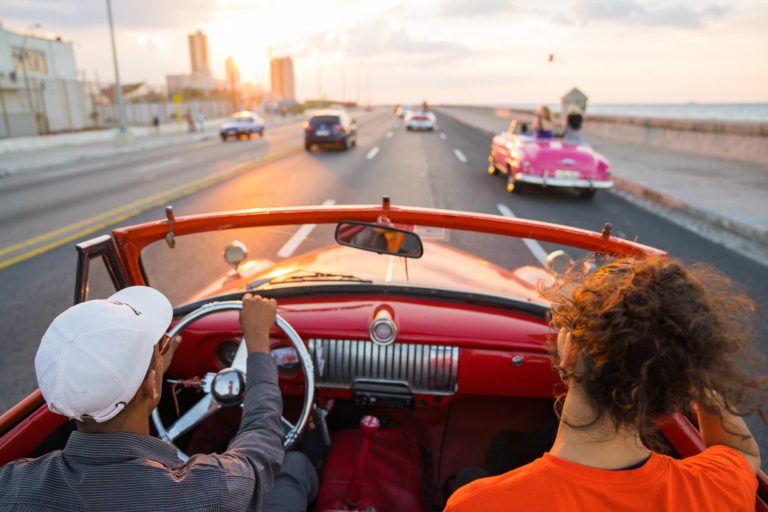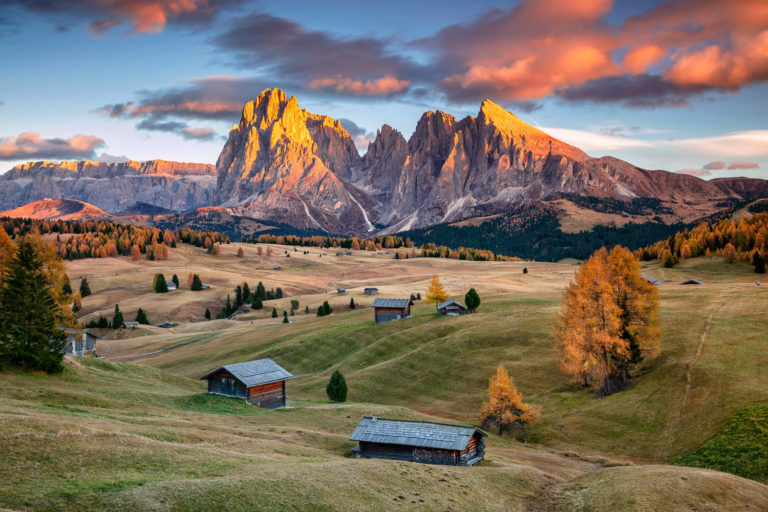On November 20th, 2014 Sony surprised the photography world with the announcement of the second generation of the full frame a7 mirrorless camera, known creatively as the a7II, which retails for $1698. While this announcement caught even the Sony rumors sites off guard in terms of timing, the big surprise was that Sony had managed to fit 5 axis in body stabilization into in a small mirrorless body with a full frame sensor, a first for the industry. While Olympus has similar technology for a while, it has mostly been used in its mirco 4/3rds cameras, with great results. Needless to say, when I heard about this camera, I got excited. Sony was kind enough to send me a unit to review, so here we are.
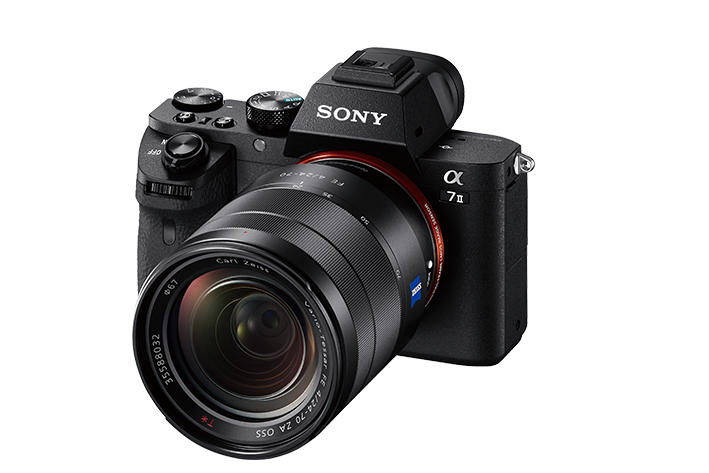
While my Sony a7r and a7s do great in a variety of situations, I have been eager to get my hands on a lightweight full frame camera that could handle shooting in challenging situations, such as low light or wildlife photography. While the a7s has amazing af capabilities in low light, it is still limited to 12mp, where we have double that with the a7II. On top of that, one of Sony’s bigger gaps in their mirrorless ecosystem is support for sports and wildlife shooters. Even though this camera is regulated to a max FPS of 5, I am hopeful that the 5 axis image stabilization will help when using longer telephoto lenses, specifically for wildlife photography.
Ultimately I still have plenty of testing to do with this camera, but I wanted to open things up to all of you. My full in-depth review of this body will come in the next week or so, but if you have specific questions that you want me to answer in the review, please leave in the comments below. Instead of tracking them down via each different social platform, it would help to have all the questions you have about this camera in one place.
Whats New
I will cover the specs of this camera at the bottom of this post, but wanted to quickly cover what is new about this camera compared to the Sony a7.
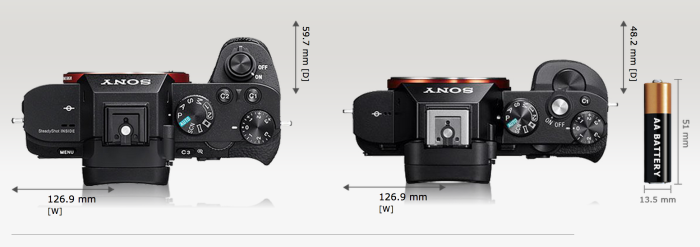
- While it uses the same 24.3mp Exmor CMOS Image Sensor and BIONZ X Image Processor, it has improved metering performance which is now possible down to a rated -1 EV.
- 5 Axis IBIS (In Body Image Stabilization) allows for up to 4.5 stops of stabilization. This works with all lenses, both native and 3rd party (via manually setting the focal length via a menu option)
- Has a 40% faster start up time with near “instant on”
- Enhanced AF algorithm that improves performance by 30% over the previous generation. The AF system can more accurately predict subject movement (with 1.5x more accuracy).
- New Lock-on AF tracking to dramatically improve accuracy and stability.
- Access to use the XAVC S Format for recording videos as well as S-Log2 Gamma (with a minimum ISO of 1600)
- Improved Rear LCD in terms of resolution (1,228.8k vs 921.6k)
- Magnesium Alloy Construction that is thicker than the first generation
- Redesigned grip, shutter release button and an additional custom function button
- All metal lens mount contacts, for a more secure fitting for lenses and adapters against the body
Initial Thoughts
One of the first things I noticed about the Sony a7II is the difference in weight. It certainly feels heavier than its first generation siblings. This isn’t necessarily a bad thing, as the overall build does feel much more solid. As for the new layout of the body, I love it. With a more prominent grip and slightly thicker body, the a7II feels better in my hands than all of the other a7 series bodies. At 6’3, I have pretty large hands which makes using some mirrorless cameras a challenge. The new placement of the shutter button is also a very welcome change.
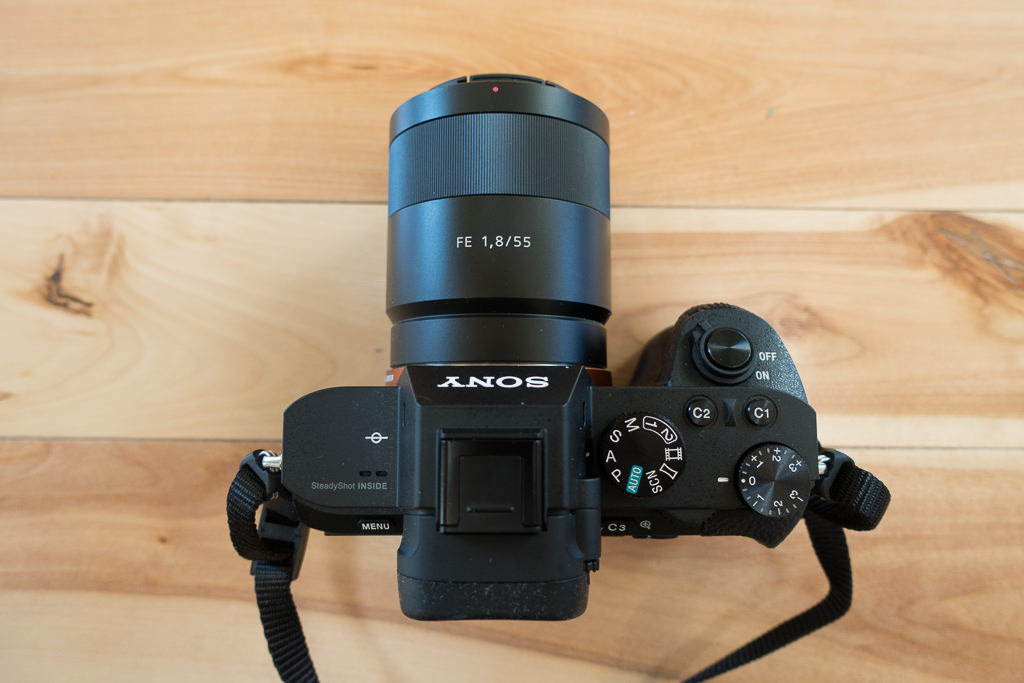
While I am used to the shutter button on my a7r and a7s, the new shutter release button not only feels more natural in its new position, the button itself feels more responsive. It is larger and better built as well, making it easier to press down. I will have to get used to the double custom function buttons on the top of the body, but if there is one thing I have been hounding Sony about over the last year, it is to give users more customizable options. Now instead of three custom C buttons, we have four now, so it is a step in the right direction. I can’t wait till this style of body comes to the next generation a7r and a7s.
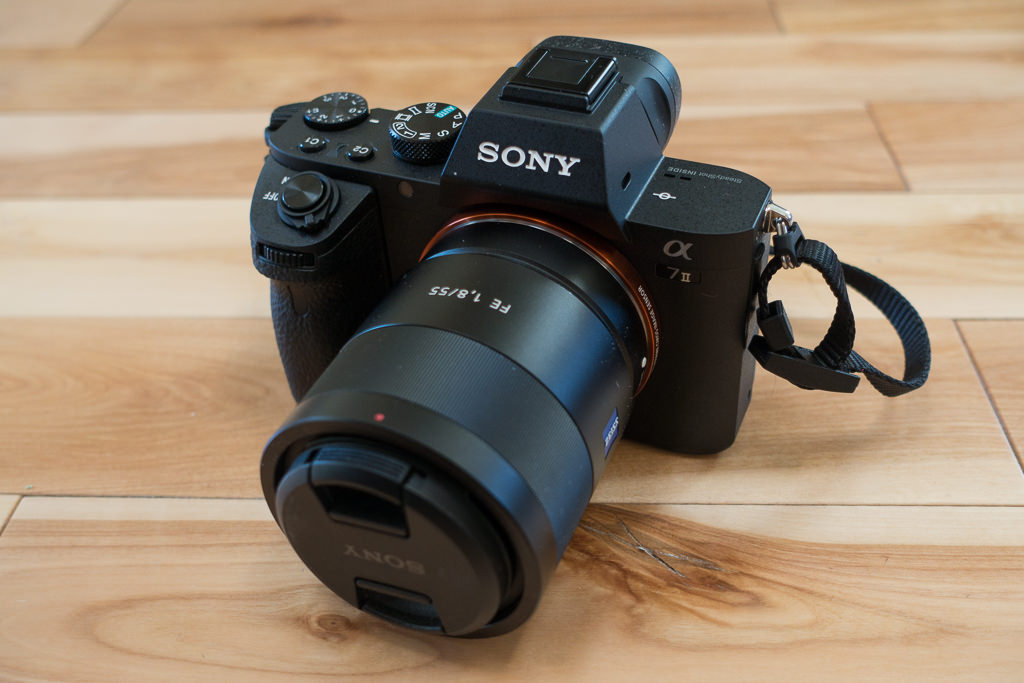
While the camera is certainly faster to turn on, I wouldn’t exactly say it has an “instant on” feature. It still has to wait a quarter of second from when I flip the on switch. Either way, there is certainly an improvement.
Specs
| Focus Control | |
|---|---|
| Focus Type | Auto |
| Focus Mode | Continuous-servo AF (C), Direct Manual Focus (DMF), Manual Focus (M), Single-servo AF (S) |
| Autofocus Points | Phase Detection: 117 Contrast Detection: 25 |
| Power | |
|---|---|
| Battery | 1x NP-FW50 Rechargeable Lithium-Ion Battery Pack1020 mAh |
| AC Power Adapter | AC-PW20 (Optional) |
| Physical | |
|---|---|
| Dimensions (WxHxD) | 5.0 x 3.8 x 2.4″ / 126.9 x 95.7 x 59.7 mm |
| Weight | 1.22 lb / 556 g |
Submit Your Questions
One of the biggest problems I see with most reviews is that the review doesn’t always answer all of the questions you as a reader have. This is why I am opening up my review to you. I will release a full in-depth review soon on the Sony a7II, but in the meantime please leave your comments, questions, concerns and or tests you would like to see done and I will do my best to include as much as I can into the review itself when it is released. Enjoy!
Holiday Giveaway
On a side note, if you want to win one of four Sony a6000 cameras or many other prizes, check out my 2014 Holiday Giveaway that runs from December 3rd -31st. Click the image below for more info…



